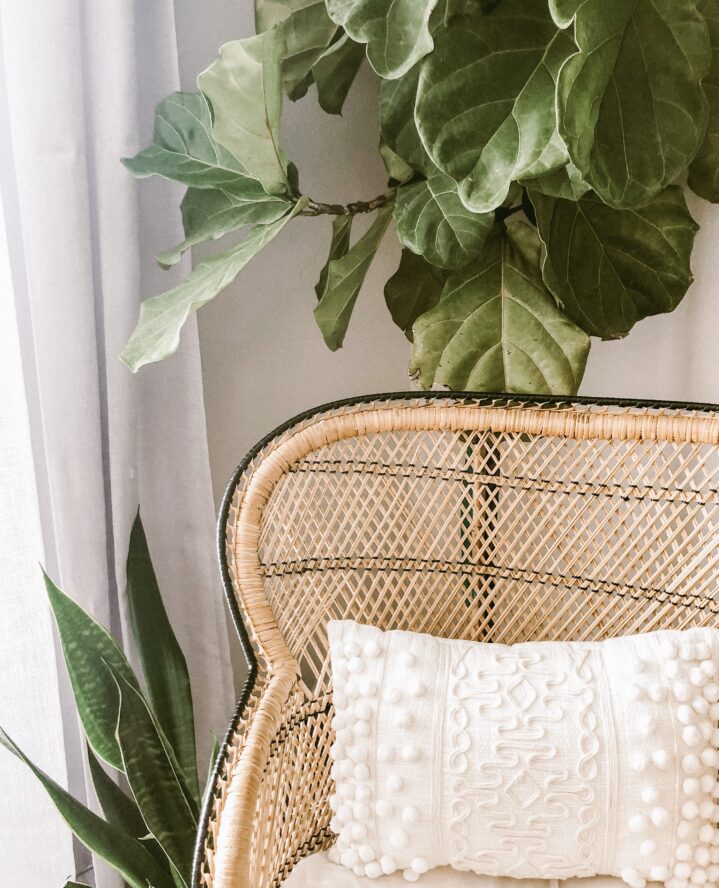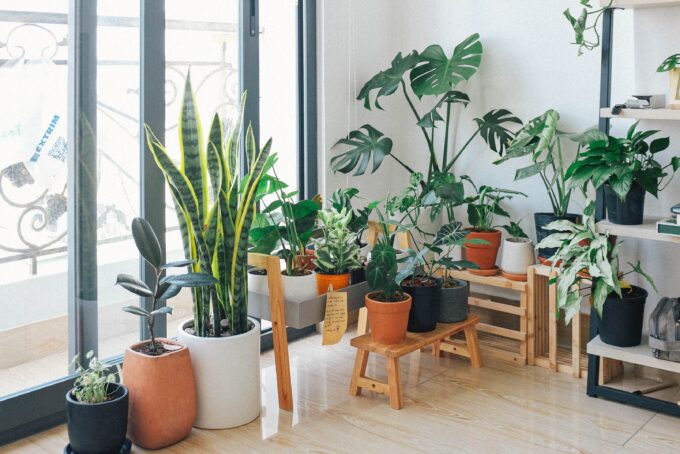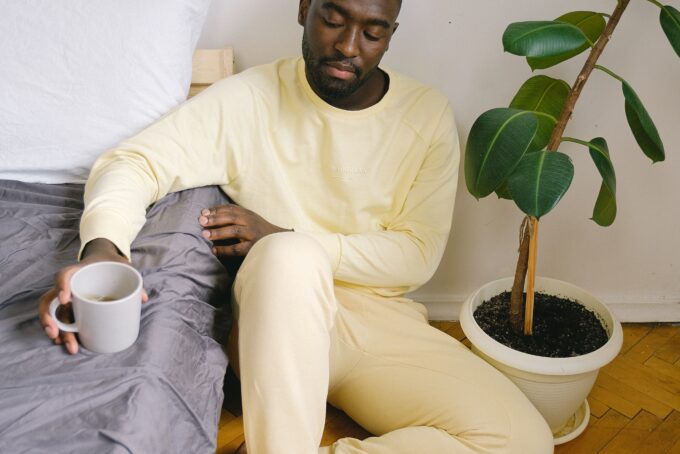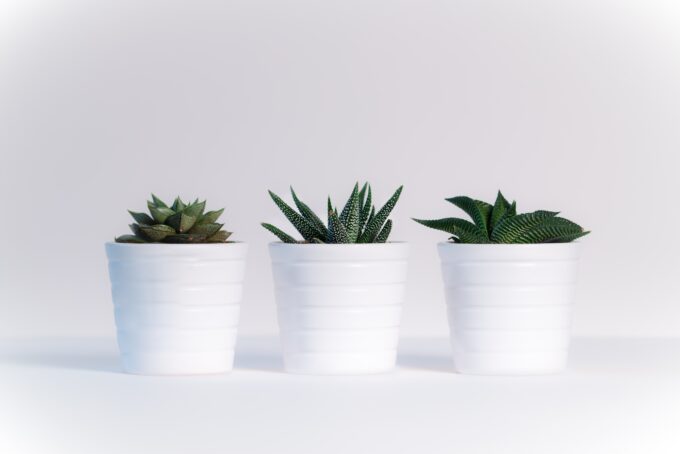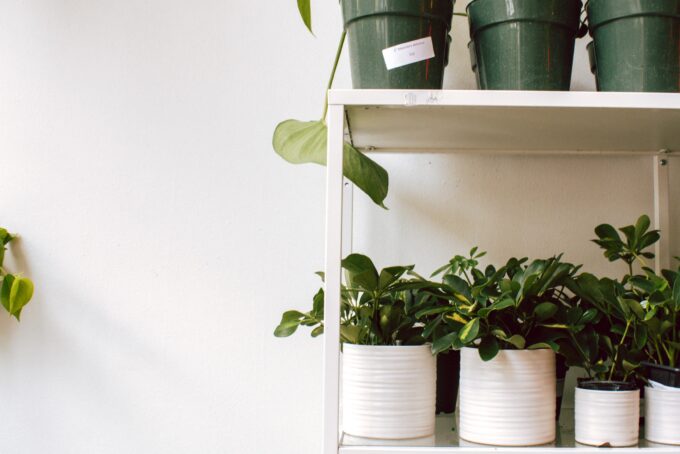You know that feeling you get when you bring home your first houseplant? It’s almost like your energy levels perk up, and you’re blanketed in comfort and joy. Nature has that special ability to make a house feel like a home, so it only makes sense to continue incorporating the outdoors inside your walls. That’s where biophillic design comes in. This innovative approach to architecture and design helps create spaces that not only look stunning but also foster a deep connection with the natural world. Learn more about this growing trend, and explore different ways you can enjoy it in your home.

Embracing Nature in Design
Biophilic Design, as the name suggests, is all about incorporating elements of nature into the built environment. It layers in various aspects, from the use of natural materials like wood and stone to the strategic placement of indoor plants and the introduction of natural light. The goal is to blur the boundaries between indoor and outdoor spaces, for an atmosphere that resonates with the beauty of the outdoors.
The Principles of Biophilic Design
To really appreciate the impact of Biophilic Design, it’s important to understand a few key elements of it.
1. Visual Connection with Nature
One of the core principles is to have a visual connection to nature. Large windows overlooking gardens, scenic landscapes, or even indoor gardens with lush vegetation can bring the outdoors in, creating a soothing and visually appealing environment.
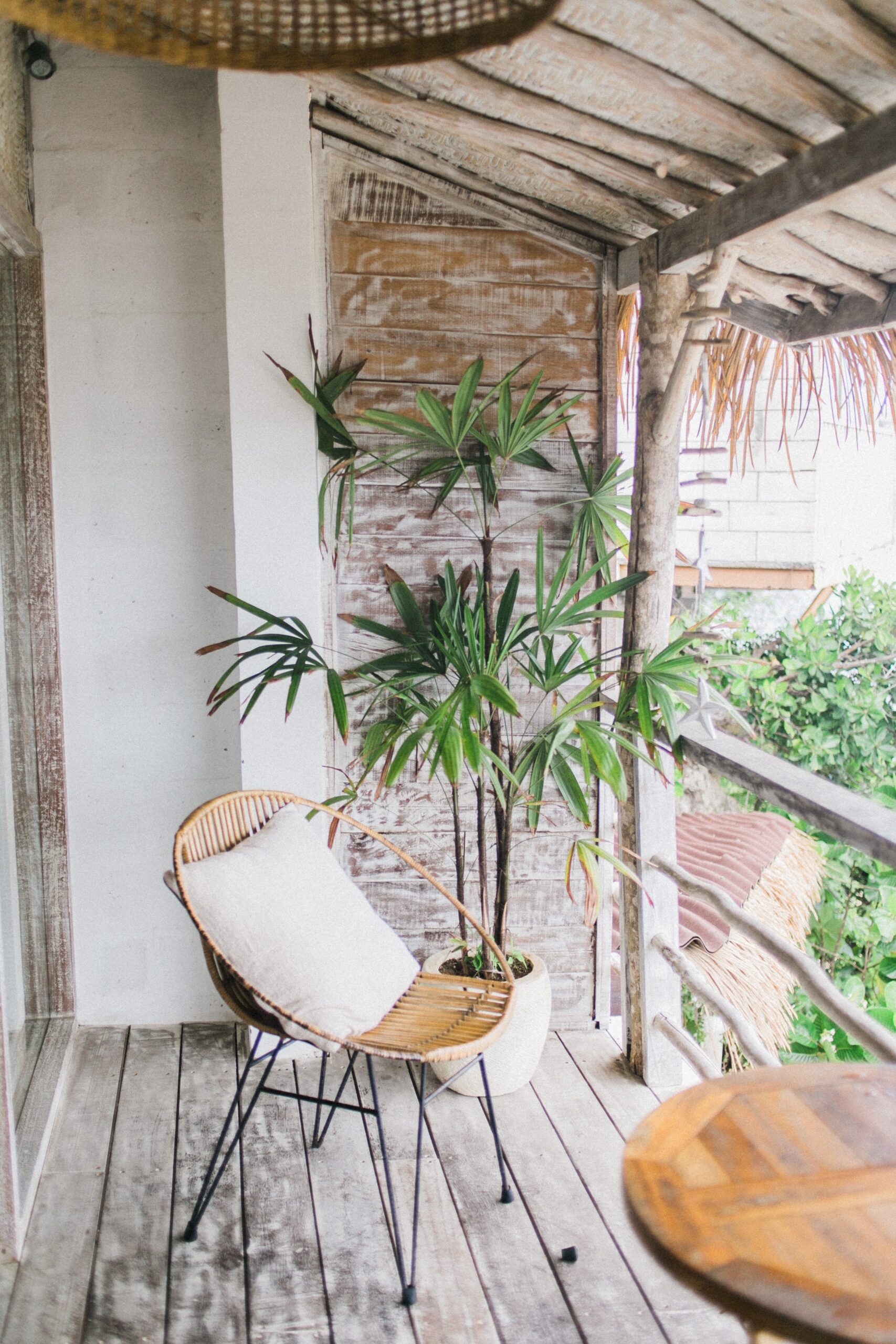
2. Natural Materials
Natural materials like wood, stone, and bamboo add a sense of warmth and comfort while creating a tactile connection to the natural world. In biophilic spaces, you’ll find wooden floors and furniture that invite touch and interaction. The grain of wood and the texture of stone tell a story of the Earth, adding depth and character to the design.
These materials aren’t just chosen for their appearance; they’re also sustainable choices. Many biophilic designers prioritize responsibly sourced materials so that their use doesn’t deplete natural resources.
3. Indoor Plants
Plants serve as the heart and soul of biophilic design. They purify the air while infusing spaces with vibrant colors and serenity. Strategically placing various plant species throughout a design can significantly elevate the overall ambiance of a space.
Indoor plants play a multifaceted role. Beyond their aesthetic appeal, they purify the air by absorbing pollutants and releasing oxygen. Also, the calming presence of plants has been linked to reduced stress levels, lower blood pressure, and increased concentration.
Indoor plants can also offer a dynamic and ever-changing element to interior spaces. Their growth and seasonal variations bring a sense of life and vitality to a room, making it a living, breathing entity. Different plant species can be chosen to suit the specific atmosphere and purpose of a space, whether it’s a relaxing lounge or a vibrant office.
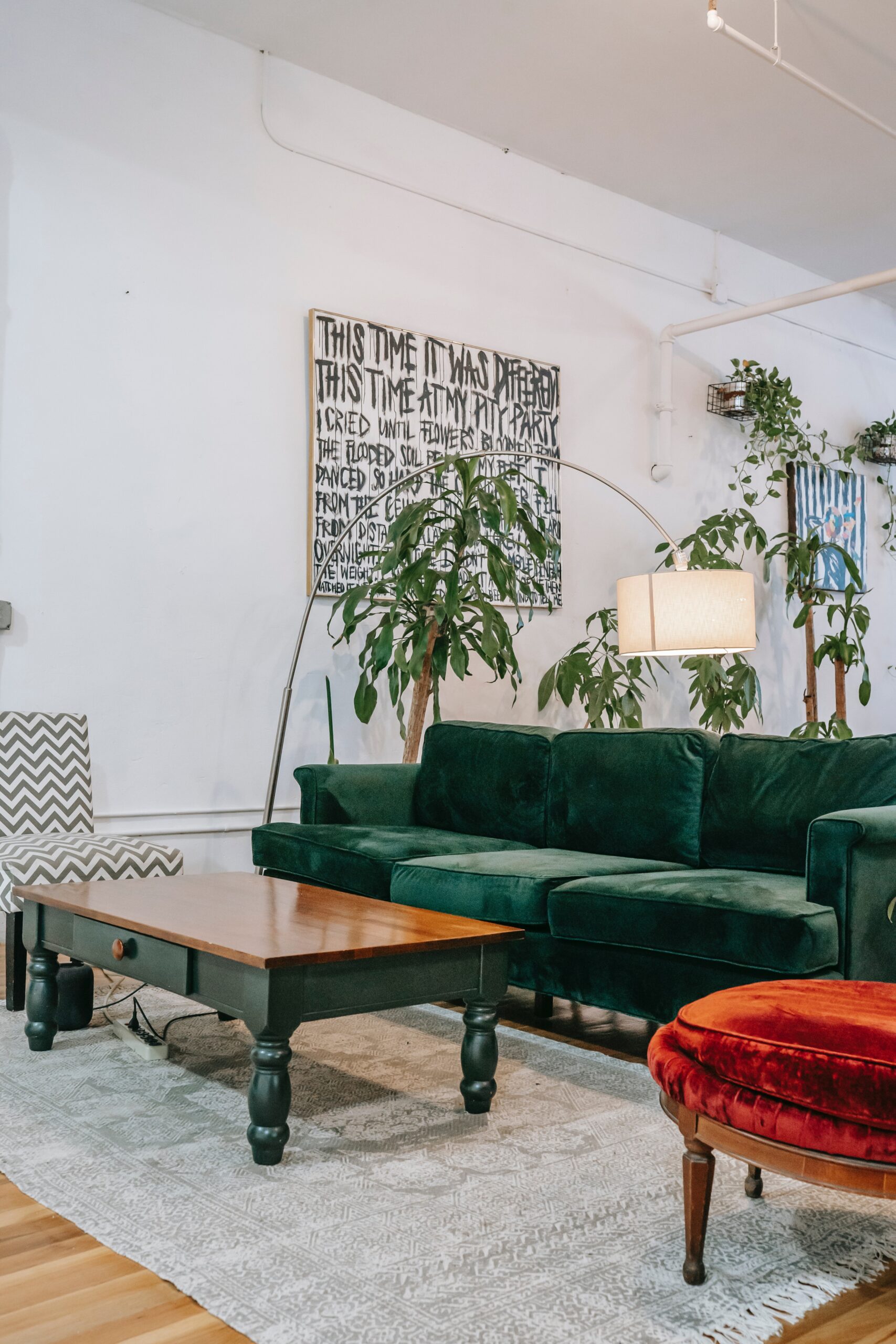
4. Natural Light
Maximizing natural light not only reduces energy consumption but also has a positive impact on our well-being. Spaces designed to harness daylight create a sense of openness and vitality.
5. Biomorphic Shapes and Patterns
These are organic, flowing forms that mimic elements found in nature. Examples include furniture with curvaceous, tree-like structures, carpets with patterns reminiscent of waves or leaves, and wall art featuring flowing, natural motifs.
By integrating these biomorphic shapes and patterns, you integrate a harmonious environment where every element feels interconnected and flows seamlessly. This design approach helps tie in tranquility, unity and balance.
4. Biophilic Design in Health Care
Did you know hospitals and healthcare facilities are increasingly adopting biophilic design to create healing environments? You might remember seeing small water features, or wood paneling along the walls. All of this is intentional and can be tied back to this design trend.
The Popularity of Biophilic Design
Biophilic Design has gained immense popularity not only for its aesthetic appeal but also for its ability to address the growing concerns about environmental sustainability and human well-being. Architects and designers across the globe are embracing this design philosophy to create spaces that resonate with people on a deep, instinctive level.
popular posts
- 1It’s Black Business Month, So Let’s Go Shopping and #BuyBlack!
- 2These Home Decor Items Will Instantly Make Your Space Look Outdated
- 3Black-Owned Home Decor Stores To Support Across the United States
- 4A Look Inside Elon Musk's Tiny $50,000 House
- 57 Black and Multicultural Designers To Follow For Design Inspo
Decorate
Access design inspiration that infuses personality and culture into your spaces.
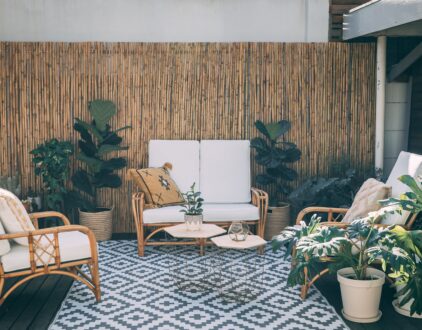
Up to 15% Off: 4 Best Patio Furniture Finds
by Stephanie Taylor | January 18, 2023
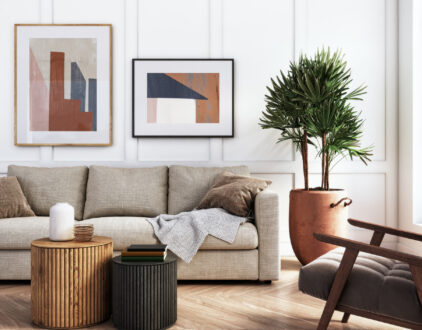
7 Black and Multicultural Designers To Follow For Design Inspo
by Marissa | January 18, 2023
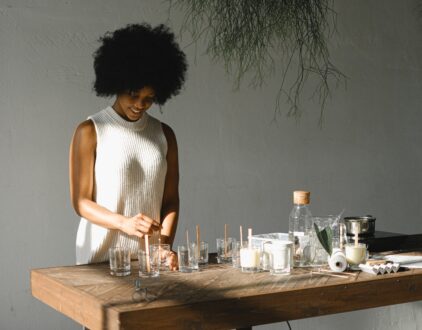
These Candle Making Kits Will Elevate the Vibe of Your Home
by Arielle Clay | January 19, 2023
Spaces
Whether it’s luxury or ease, every area of your home should be as fabulous and unique as you.
FOLLOW ALONG ON INSTAGRAM
#homeandtexture
Find us on social for more home inspiration where culture, personal style, and sophisticated shopping intersect to help you create a home where you love to live.
